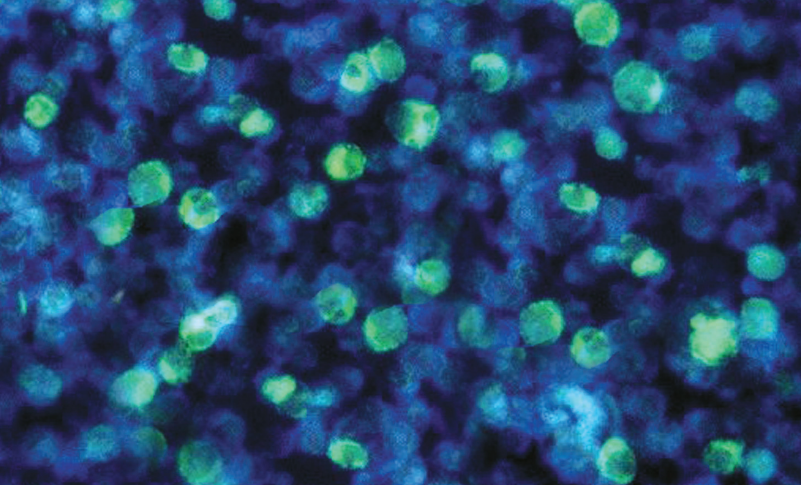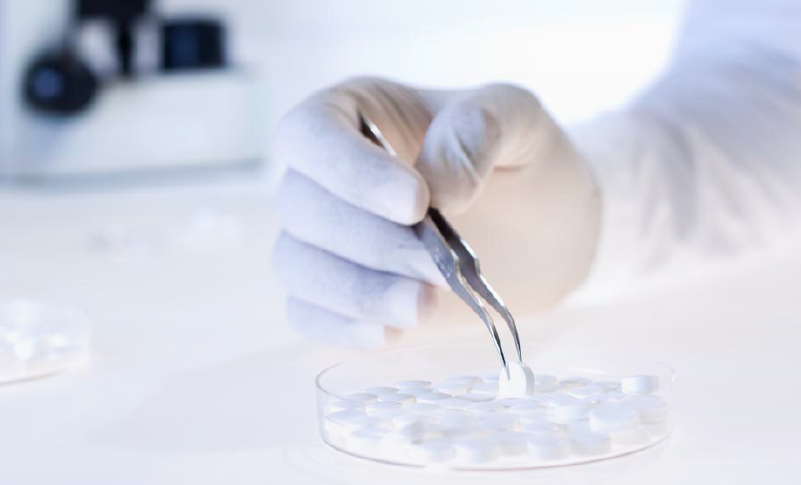Authors: Shashank R. Joshi MD, Gursharan Singh MBBS, Ashwani Marwah MSc, Shivani Mittra MPharm, Viraj R. Suvarna MD, Sandeep N. Athalye MD
Date: Feb 6th, 2023
Link: https://doi.org/10.1111/dom.15007
Abstract:
Aim: To compare the clinical efficacy and safety of glargine-U100 (Lantus/Gla-100) with glargine-U300 (Toujeo/Gla-300) in adult patients with type 2 diabetes (T2D) and type 1 diabetes (T1D).
Materials and Methods: A literature search on Gla-300/Gla-100 in diabetes management was conducted using the MEDLINE/Embase/Cochrane databases from inception to 10 January 2021. Eligible studies considered for inclusion were parallel-design, randomized controlled trials (RCTs). The Cochrane risk-of-bias tool was used to evaluate the quality of the included studies. The random-effects model was applied for interpretation of the results.
Results: Of 5348 records screened, 592 were assessed for eligibility and 15 RCTs were considered for data extraction and meta-analysis (T2D [N = 10; n = 7082]; T1D [N = 5; n = 2222]). In patients with T1D, all safety parameters were comparable between Gla-100 and Gla-300. In T2D, statistically significant differences were observed in favour of Gla-300 over Gla-100 for nocturnal and total hypoglycaemia. For efficacy parameters, a statistically and clinically significant difference favouring Gla-100 in basal insulin dose requirement was observed for both T2D and T1D. Change in HbA1c showed a statistically but not clinically significant reduction with Gla-100 compared with Gla-300 in T1D. Statistically significant but clinically less relevant differences favoured Gla-300 for control of body weight in T1D and T2D and Gla-100 for fasting blood glucose in T2D.
Conclusions: Gla-100 and Gla-300 had comparable efficacy and safety profiles in both T1D and T2D populations. Gla-300 showed a lower risk of nocturnal and total hypoglycaemia, significant in insulin-experienced/exposed patients with T2D. Patients on Gla-300 required significantly more units of insulin daily than the Gla-100 group to achieve equivalent efficacy.
Funding: Biocon Biologics Ltd.







